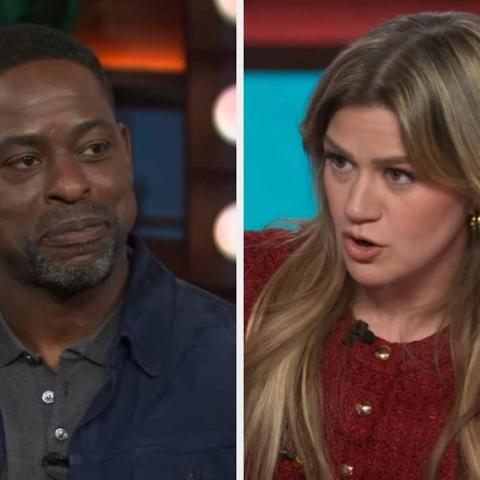In a significant moment for college athletics, a federal judge, Claudia Wilken, held a final hearing on a massive $2.8 billion settlement aimed at changing how college athletes are compensated. This settlement, reached after intense negotiations, will possibly go into effect on July 1, allowing schools to share up to $20.5 million each with their athletes every year.
However, not everyone is on board. Some athletes at the hearing expressed their dissatisfaction, claiming the settlement undervalues their worth and could negatively affect the college sports landscape. Critics have raised concerns about how roster cuts might happen and how name, image, and likeness (NIL) valuations are determined.
The Heart of the Issue
Athletes like Sedona Prince and Olivia Dunne voiced their concerns. Dunne, known as the highest-earning female athlete under NIL agreements, argued that the formula used to calculate an athlete’s value is outdated and doesn’t reflect today’s market. She stated, “This settlement uses old logic to calculate modern value.”
Her point resonates in a time when NIL deals have dramatically shifted the value athletes bring to their universities. A staggering 88,000 athletes have already filed claims to participate in the settlement, showcasing the widespread relevance of this issue.
A Shift in Power Dynamics
The settlement also introduces a clearinghouse to ensure that any NIL deal above $600 accurately reflects fair market value. This measure is aimed at preventing what some see as “pay for play” arrangements that blur the lines of amateurism in college sports. Some experts have noted that instituting fair market valuations is complex and challenging, but essential for transparency.
Historical Context and Future Implications
Historically, college athletics has thrived on a model that didn’t financially compensate players for their contributions — a structure often critiqued for exploiting young athletes. The changes proposed through this settlement mark a shift toward a more equitable landscape. However, concerns persist about its long-term sustainability, especially for smaller programs and lesser-known sports.
For instance, limiting football rosters to 105 players could affect opportunities for many, as the average roster size is currently around 128. Experts predict that with fewer roster spots, the ramifications could extend beyond just football and lead to reduced opportunities in sports that contribute to Olympic teams.
The Broader Landscape
NCAA President Charlie Baker has endorsed this settlement, suggesting it could stabilize a turbulent environment in college athletics. As universities prepare for these changes, many seek limited antitrust protections from Congress to defend against potential future legal challenges.
With the sports environment continuously evolving, the implications of this settlement could redefine the landscape for years, raising questions about equity, opportunities, and the essence of amateurism in college sports.
Conclusion
As this settlement navigates through the legal landscape, it serves as a crucial step towards reforming how college athletes are valued and compensated. While there’s cautious optimism about its potential, the voices and concerns raised during the hearings echo the complexities of a fair and equitable sports system. The road ahead remains long and filled with necessary discussions as various stakeholders aim to balance the scales of justice and opportunity in college athletics.
For the latest updates on college sports developments, visit AP College Sports.
Source link
College sports, Compensation in sports, Claudia Wilken, 2024 Paris Olympic Games, General news, IN State Wire, CA State Wire, Sports, Olivia Dunne, Benjamin Burr-Kirven, Jeffrey Kessler, California, Gannon Flynn, U.S. news, Steven Molo, Steve Berman, Rakesh Kilaru, Oakland, U.S. News









